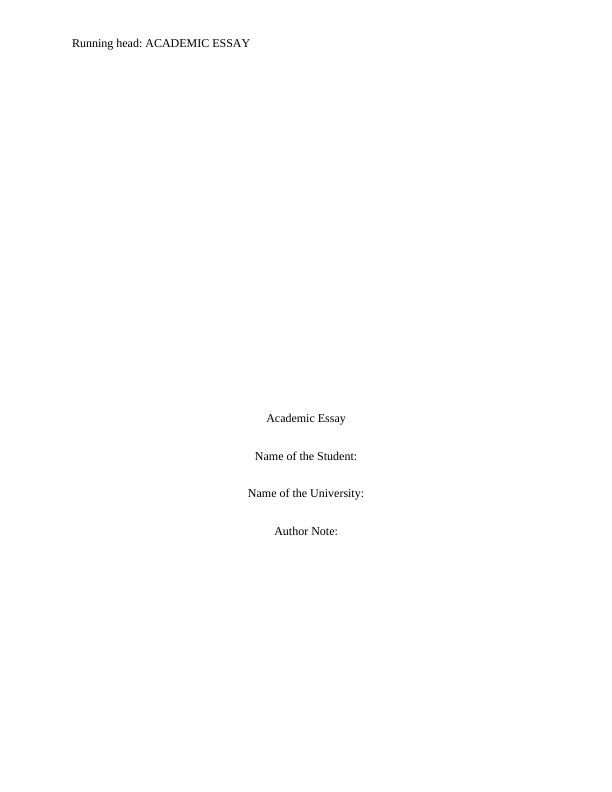Sustainability Paradigm in Hospitals: Usage of Renewable Energy
This assessment is a persuasive essay on sustainability, bringing together all the knowledge and skills learned throughout the course.
8 Pages2151 Words313 Views
Added on 2023-06-03
About This Document
The essay provides an insight into sustainability paradigm in the context of resource use in professional workplace. The discussion revolves around the usage of renewable energy as an energy resource in hospitals. It describes the scenario, stakeholders involved, definition of sustainability and the three pillars and sustainability concerns from environmental, social and economic point along with recommendations.
Sustainability Paradigm in Hospitals: Usage of Renewable Energy
This assessment is a persuasive essay on sustainability, bringing together all the knowledge and skills learned throughout the course.
Added on 2023-06-03
ShareRelated Documents
End of preview
Want to access all the pages? Upload your documents or become a member.
Environmental Management for Sustainable Development
|11
|1545
|399
Economics for Business Assignment
|14
|3664
|36
Sustainable Energy and Procurement Process for Environmental Management in Manchester
|14
|4298
|197
The Development of Green Technologies
|8
|2038
|55
ENG4003-N Research and Enterprise Module
|6
|2859
|33
Renewable Energy in Developing Countries: Challenges and Solutions
|13
|3077
|105



